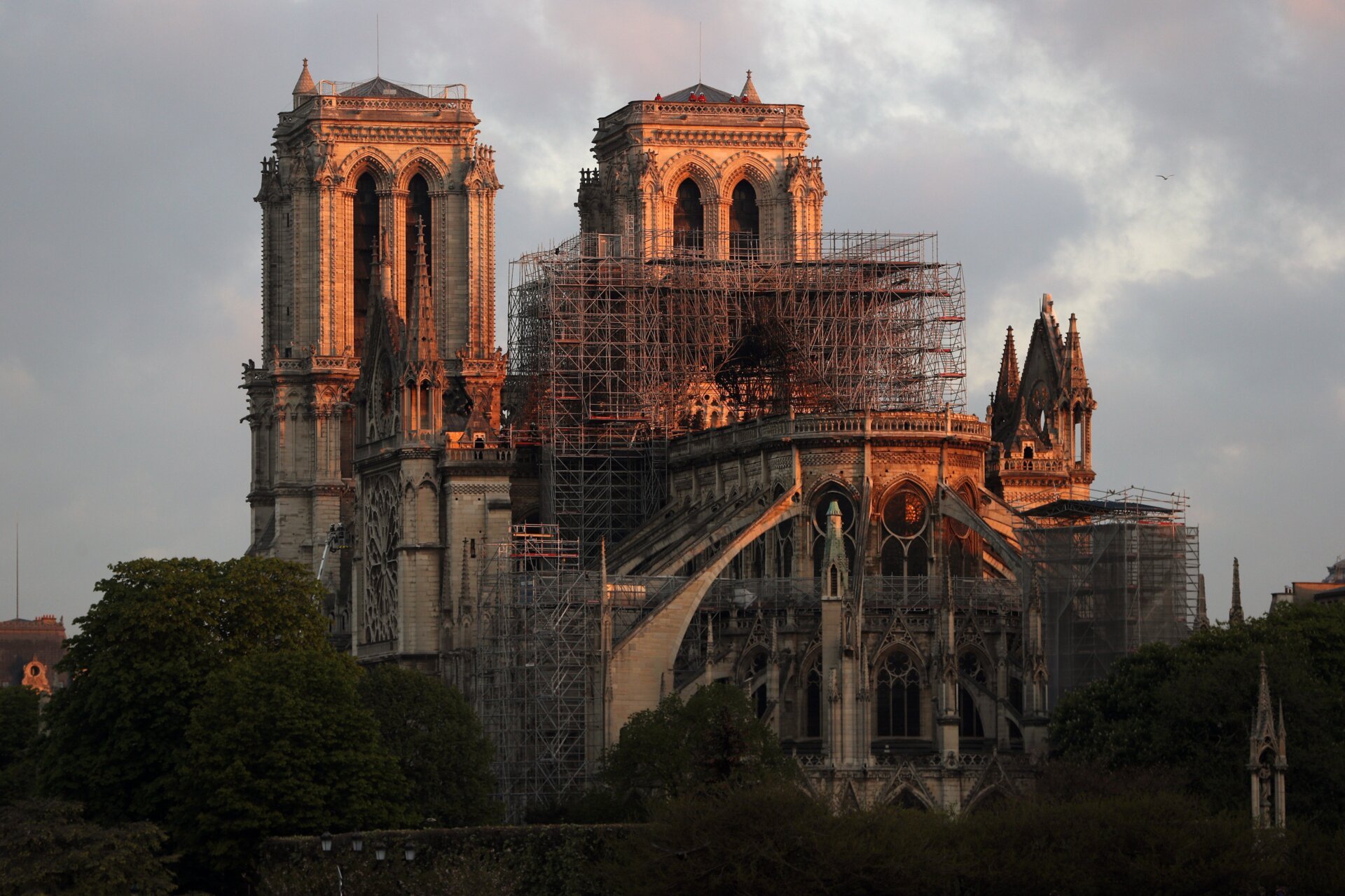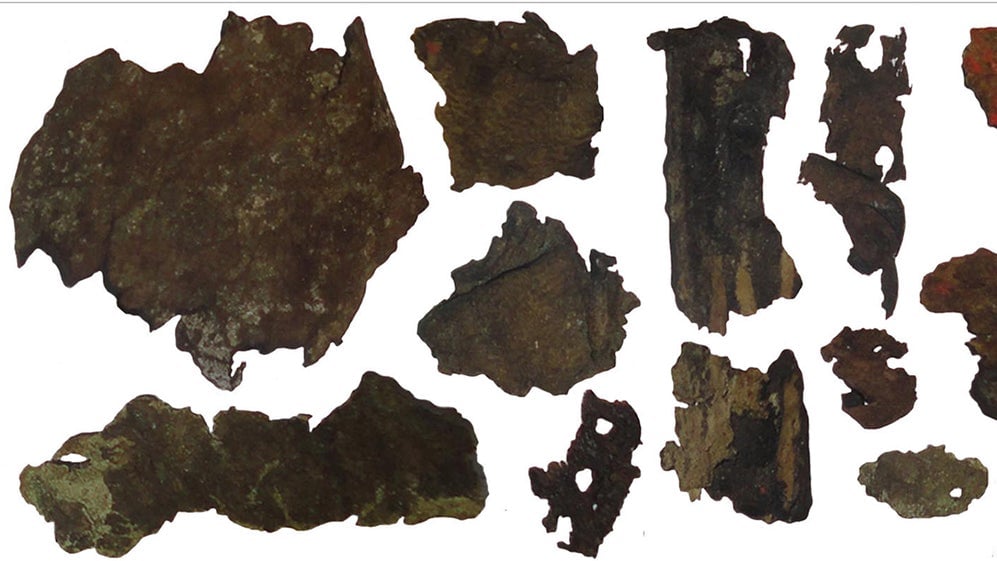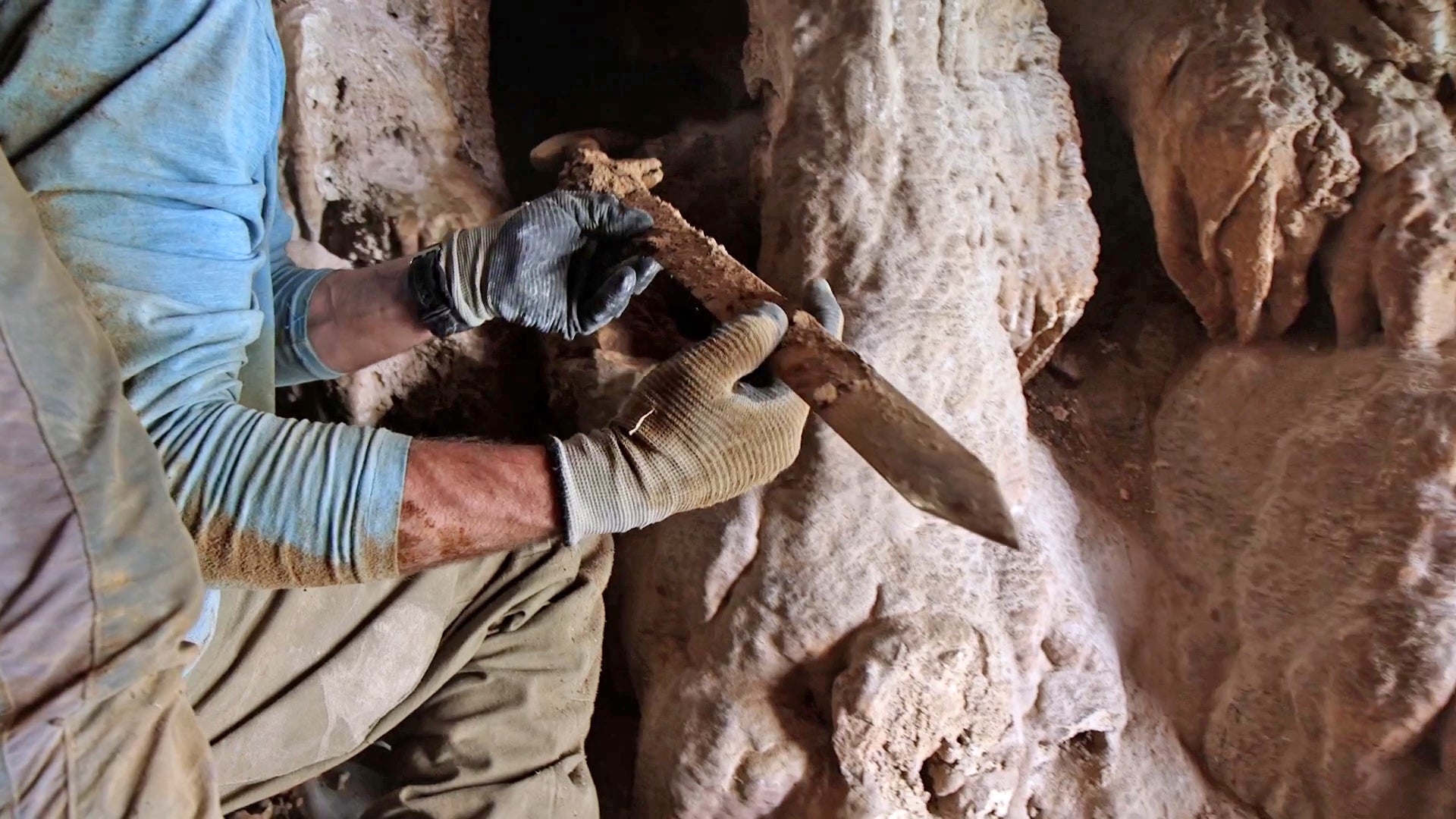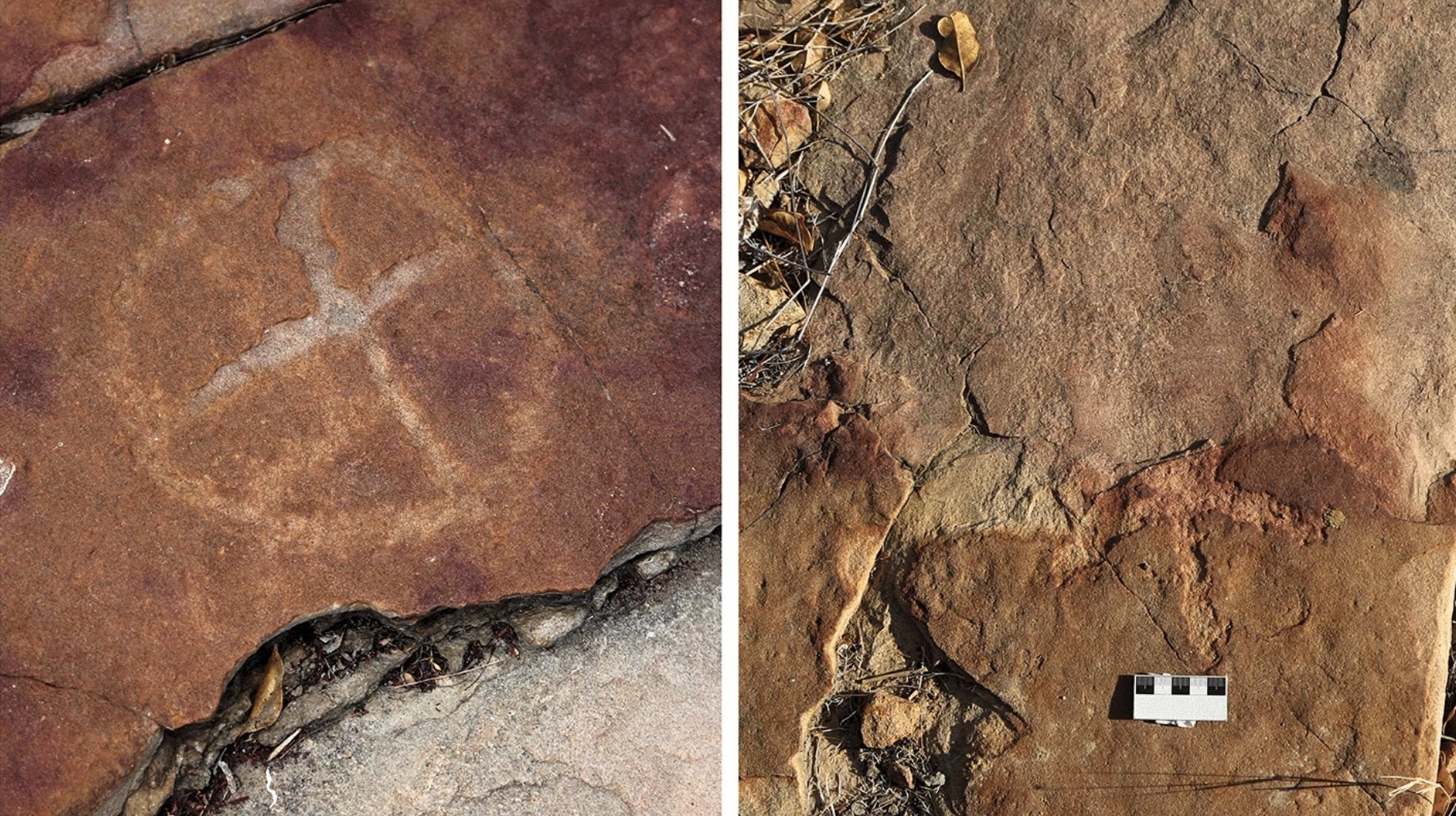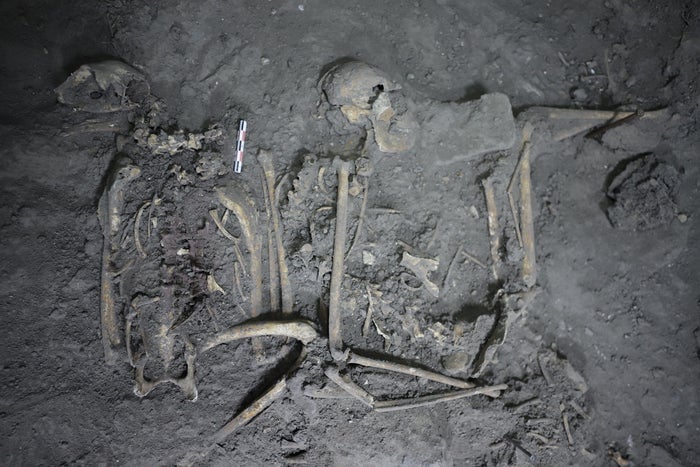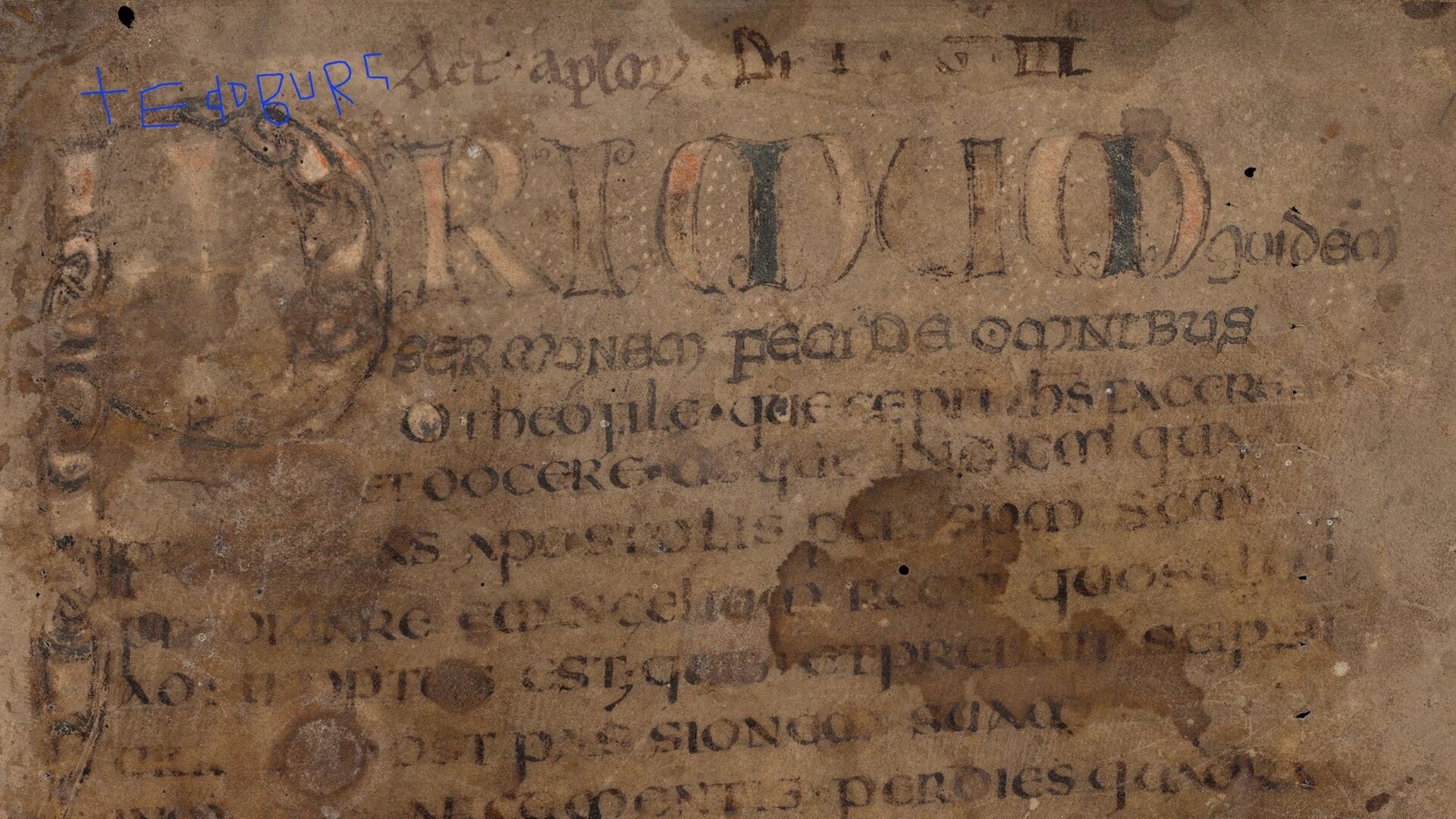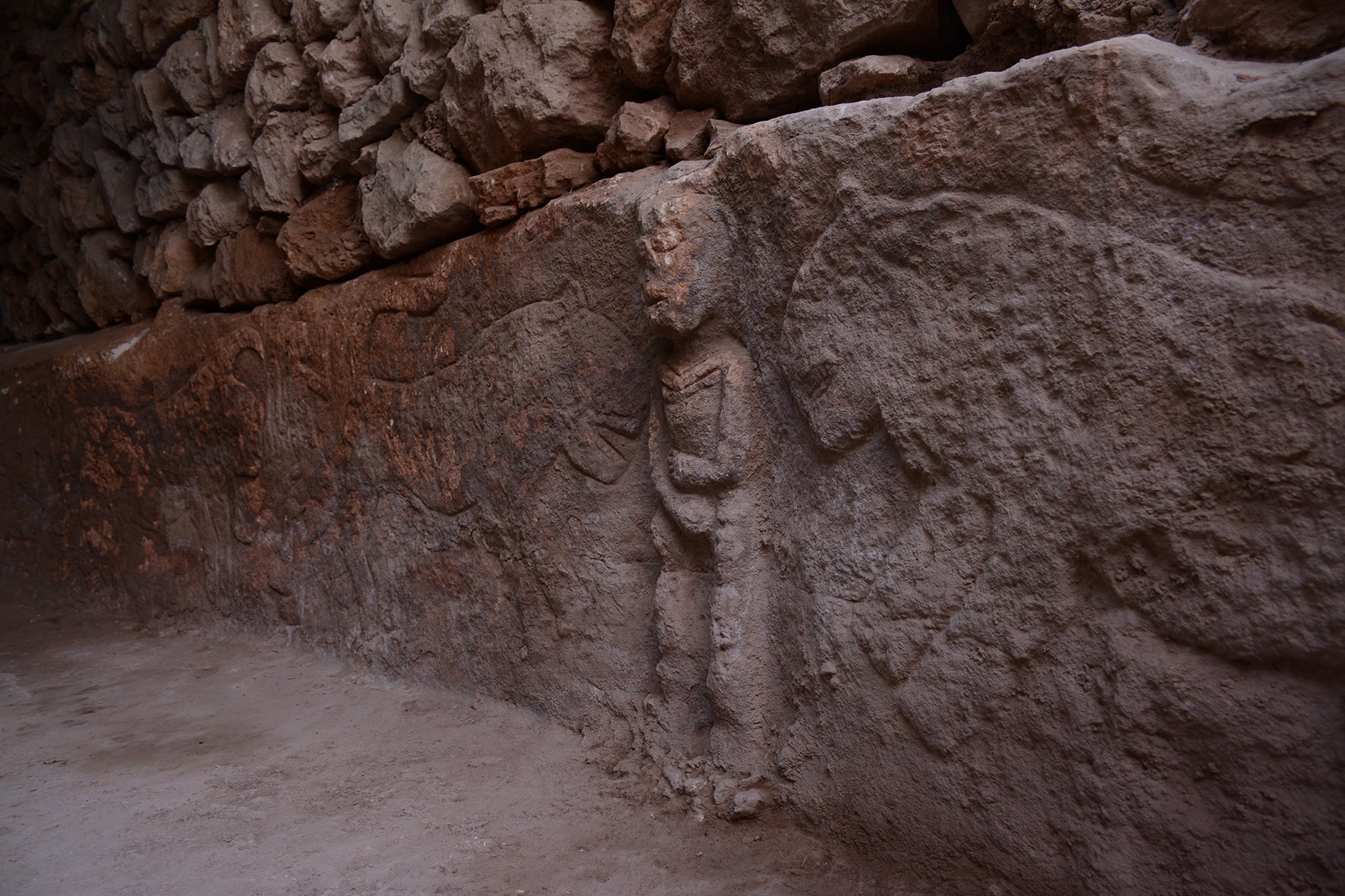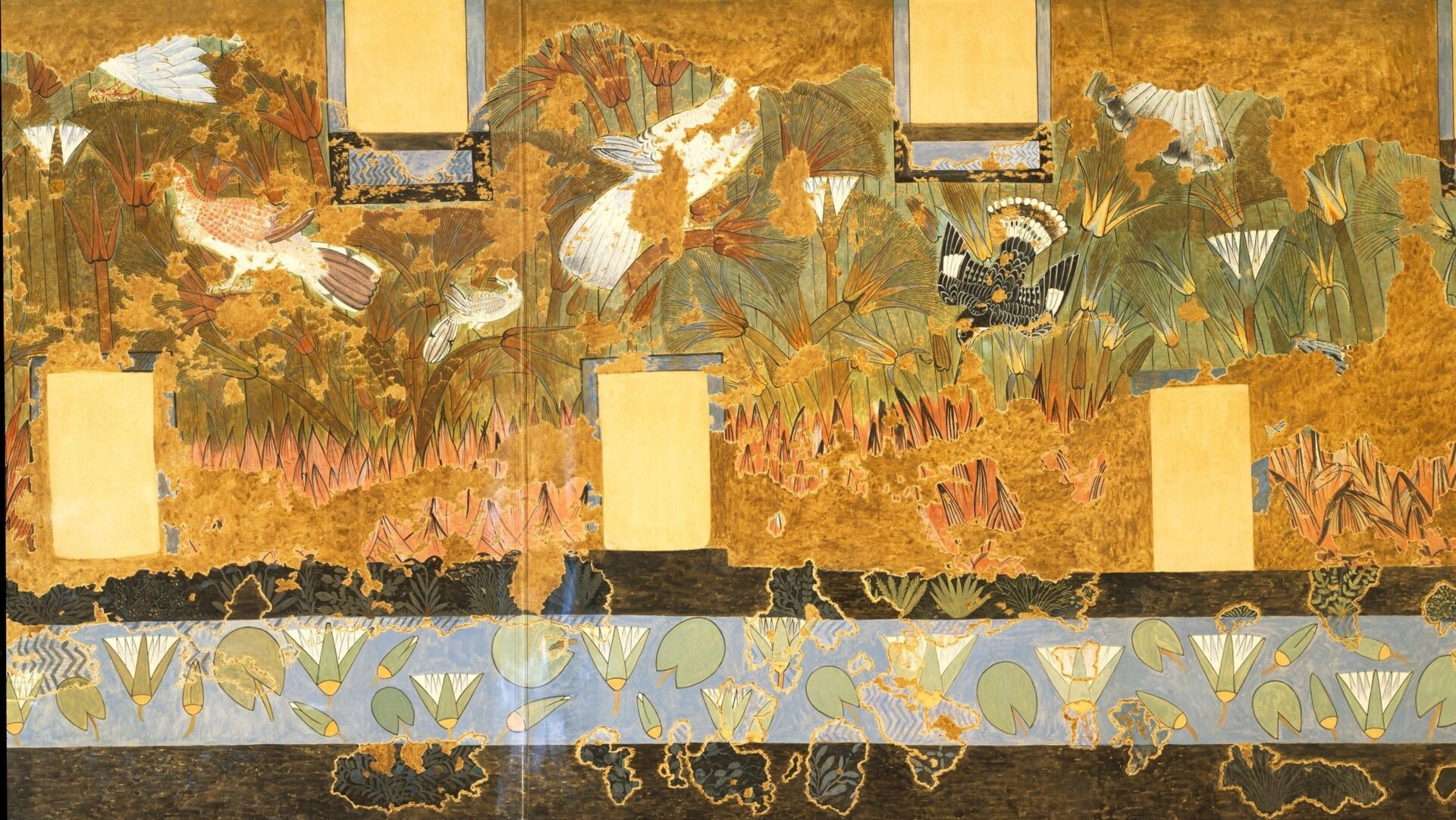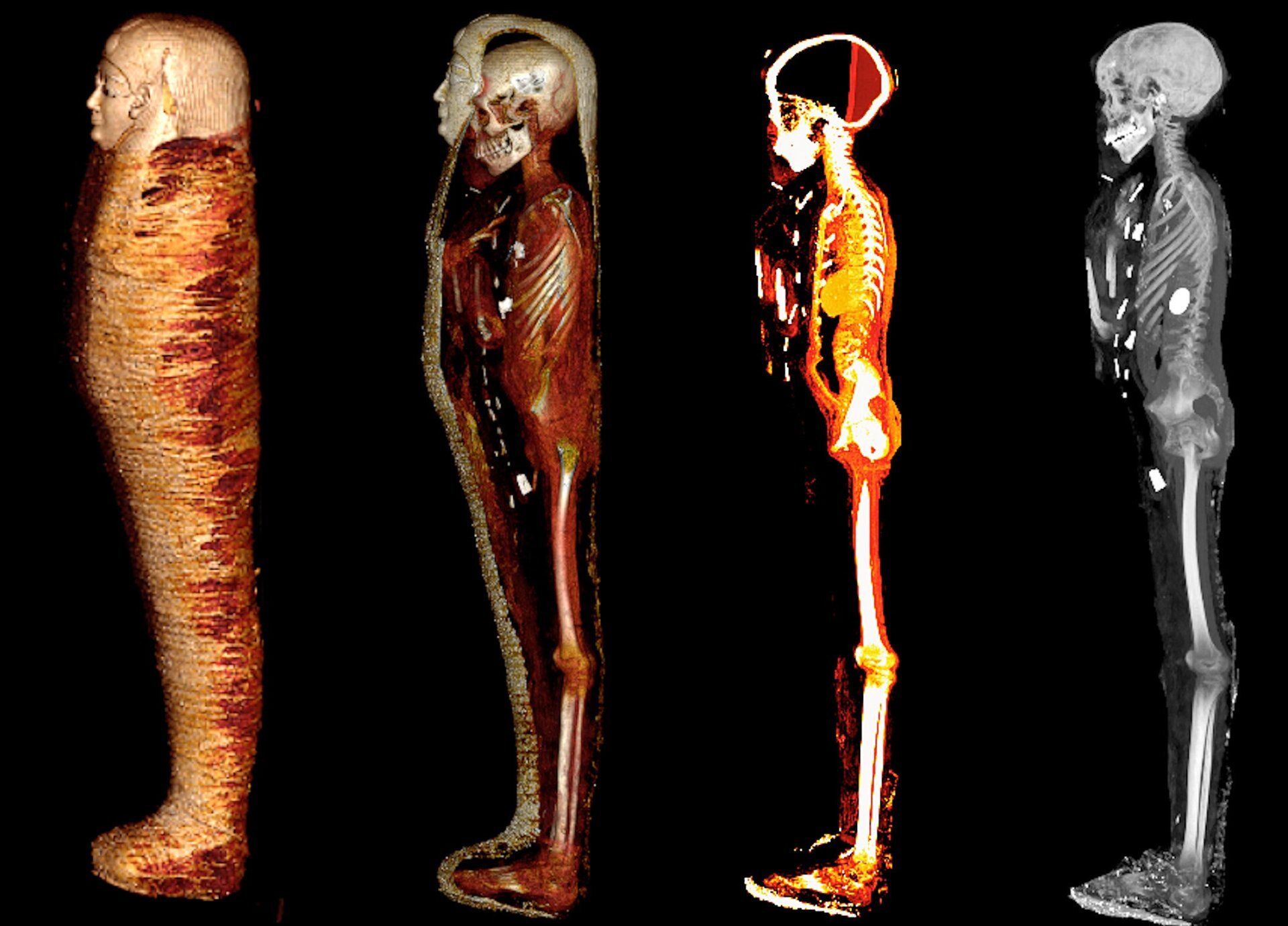The devastating 2019 fire at Notre-Dame Cathedral in Paris, while tragic, has inadvertently revealed a fascinating secret: the use of iron reinforcements in its 12th-century construction. This unexpected discovery reshapes our understanding of medieval building techniques and offers intriguing insights into the iron trade of the time.
The ongoing restoration efforts, spurred by the fire that destroyed the cathedral’s roof and spire, have provided unprecedented access to previously hidden architectural elements. A team of archaeologists and conservationists, while examining the tribunes, nave aisles, and upper walls, discovered and dated iron staples. Their findings, published in PLoS One, reveal a surprisingly early use of iron in large-scale Gothic architecture.
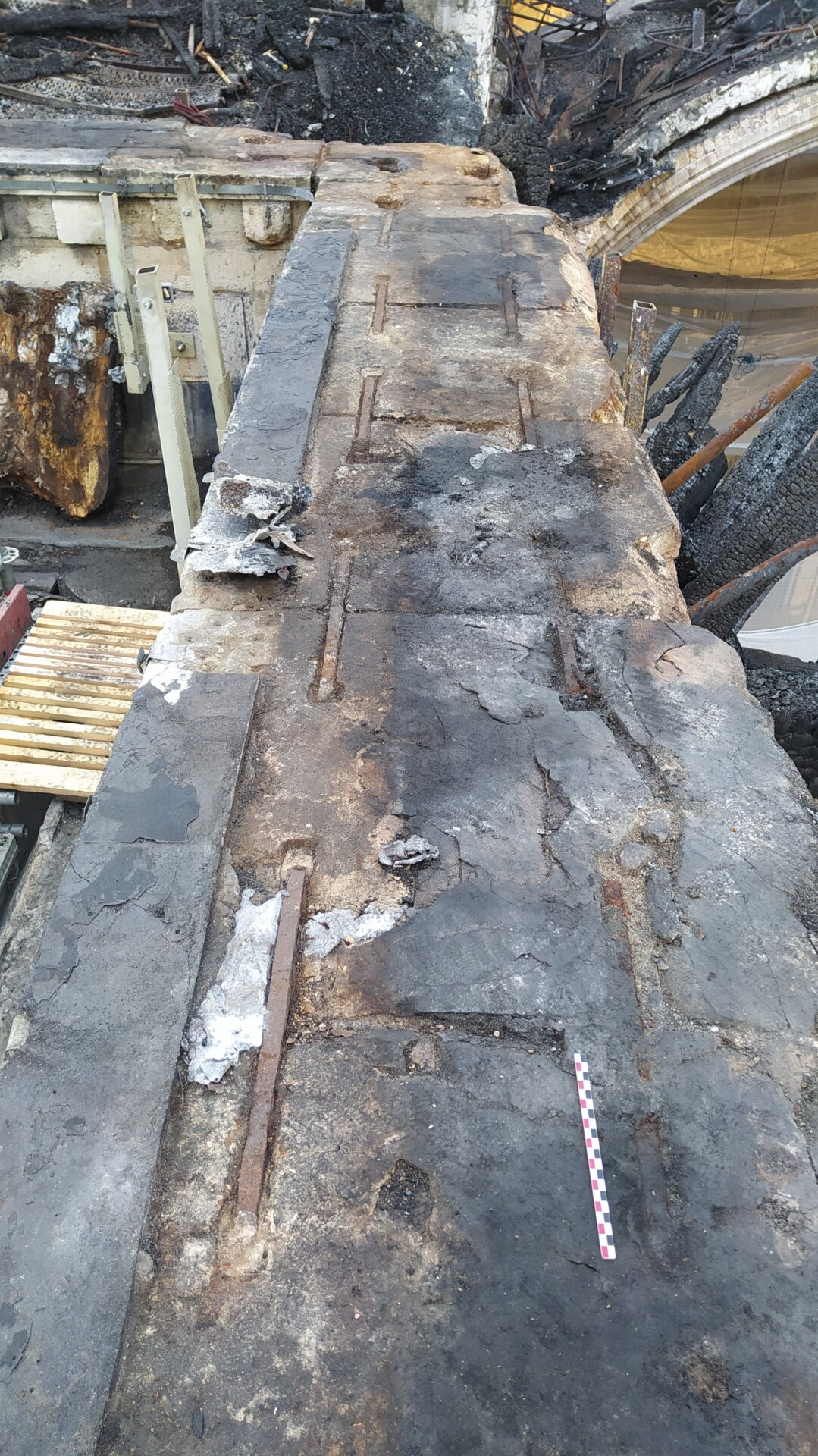 Iron staples in the top of one of Notre-Dame’s walls.Iron staples discovered in the upper walls of Notre-Dame Cathedral. These previously hidden elements offer valuable insight into medieval construction methods.
Iron staples in the top of one of Notre-Dame’s walls.Iron staples discovered in the upper walls of Notre-Dame Cathedral. These previously hidden elements offer valuable insight into medieval construction methods.
Maxime L’Héritier, the study’s lead author and an archaeologist at the Centre National de la Recherche Scientifique, explained to maagx.com that the fire exposed iron staples in the upper walls, which were previously concealed by the framework. This discovery wouldn’t have been possible without the unfortunate blaze and the subsequent restoration. While other French cathedrals like Bourges, Chartres, Reims, and Beauvais also feature iron armatures, tie-rods, and chains, these structures were built later than Notre-Dame. This suggests that the Paris cathedral may have pioneered the use of iron reinforcement in Gothic architecture.
 The charred remains of Notre-Dame Cathedral after the 2019 fire.The aftermath of the 2019 fire highlighted the vulnerability of historical structures but also opened a unique window into their construction history.
The charred remains of Notre-Dame Cathedral after the 2019 fire.The aftermath of the 2019 fire highlighted the vulnerability of historical structures but also opened a unique window into their construction history.
L’Héritier noted that these iron staples were strategically placed at load-bearing points within the cathedral’s structure, significantly enhancing its stability. By binding the stones and walls together, the iron enabled the construction of Notre-Dame’s distinctive “slender Gothic architecture,” with its signature flying buttresses and thin vaults. These features contribute to the cathedral’s elegant appearance despite its massive size.
The discovery of the iron staples is not the only surprise to emerge from the Notre-Dame restoration. In 2022, two lead sarcophagi were unearthed during floor stability assessments. One contained the remains of Antoine de la Porte, a church official who died in 1710. The other sarcophagus held the remains of a 14th-century individual, possibly a horse rider, who has yet to be identified.
The anticipated 2024 reopening of Notre-Dame, much like a rocket launch, is subject to potential delays. Restoring a UNESCO World Heritage site, especially after a catastrophic fire, requires meticulous care and attention to structural integrity. However, amidst the tragedy, there is a silver lining: the fire has provided researchers with a unique opportunity to examine aspects of this historic structure that would have otherwise remained hidden. Notre-Dame’s walls hold centuries of secrets, and science now has a chance to uncover them.



